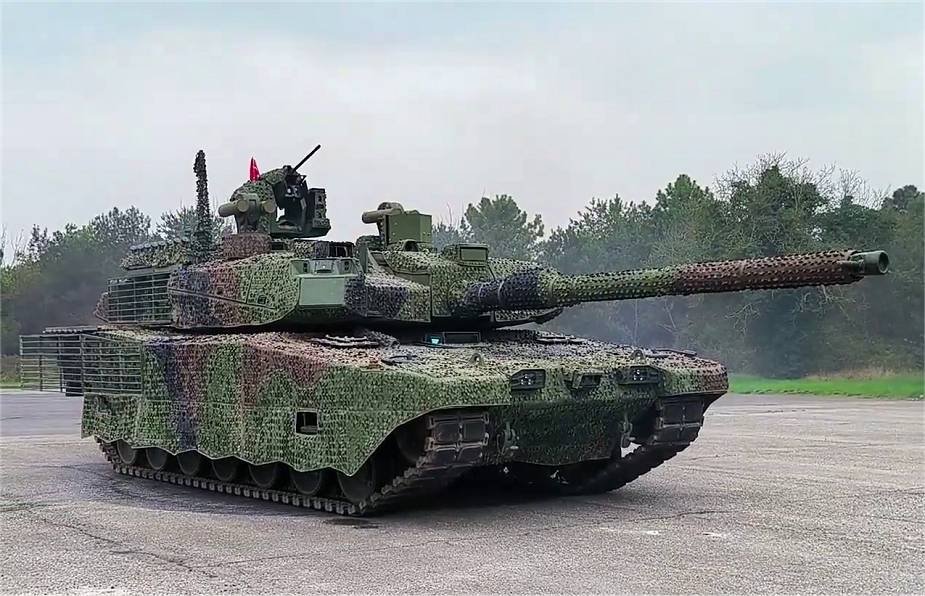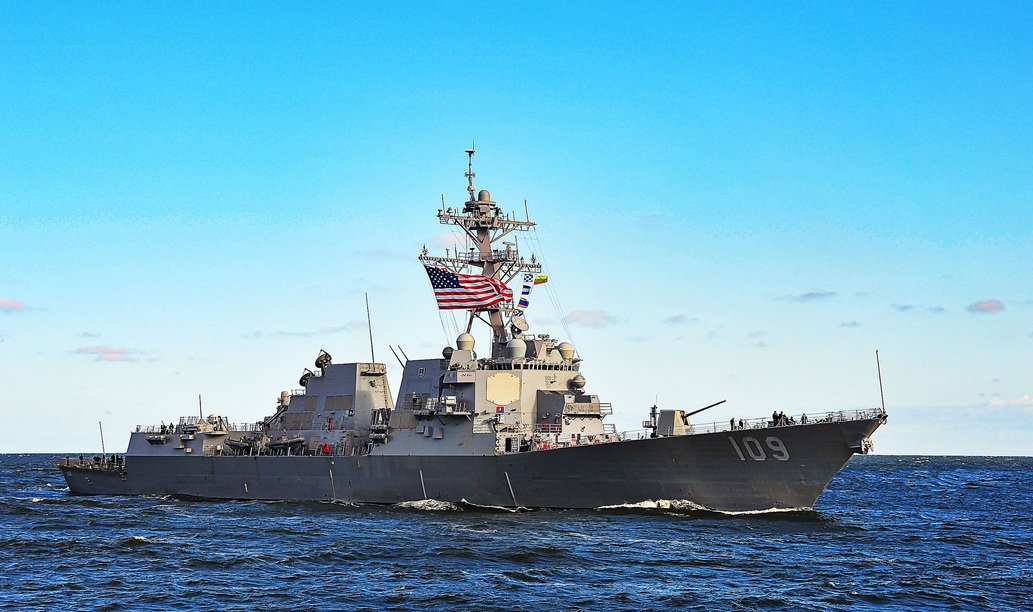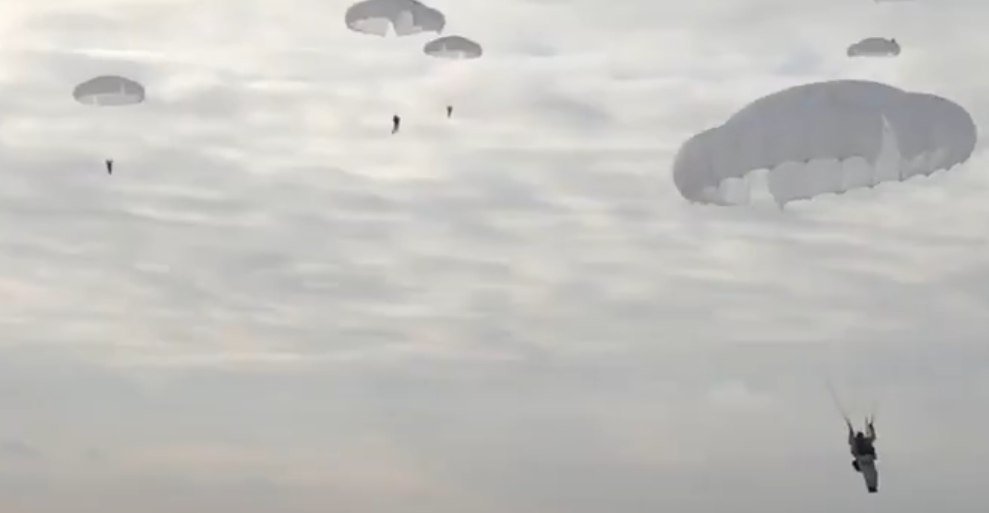
China’s tank of the future: The armored vehicle was designed using experience from Ukraine
China’s new main battle tank is radically different from the traditional project, say journalists from the American military magazine Military Watch Magazine (MWM).
The growing number of images of the new main battle tank, developed for the ground forces of the Chinese People’s Liberation Army, is evidence that a radical change in the project’s priorities has progressed significantly, which is largely evidently based on the experience of intense tank battles during the Russian-Ukrainian conflict.
One of the most striking changes was the abandonment of the standard caliber of 125 mm smoothbore gun in favor of a much smaller one, namely 105 mm. This reveals a shift in views on the issue of the intensity of tank battles. The integration of a smaller gun has allowed the design of a new tank with a significantly reduced weight and probably an increased number of ammunition, but, perhaps, at the expense of a reduced ability to penetrate the armor of modern enemy tanks. It seems to be a response to a new reality: open tank battles will become increasingly rare, as was the case on the Ukrainian battlefield.
Modern armies are increasingly relying on drones and guided anti-tank missiles to fight armored vehicles. Even the Russian army, despite the lack of “fire-and-forget” missiles and top-down attacks, rarely encounters Ukrainian tanks directly in combat. In general, tanks are used mainly to support infantry and to fight enemy infantry.
China, which has become a world leader in combat drones and anti-tank missiles, such as the HJ-10, is constantly reducing the percentage of situations in which a new tank will often encounter enemy armor. There is also a chance that the growing capabilities of Chinese armor-piercing missiles have gained such confidence that the 105 mm gun will provide them with sufficient penetration of enemy armor. The more compact tank with a light gun is expected to gain significantly higher mobility and also easy transportation by air and sea.
There is another importance. Namely, two of these new tanks can fit in the Y-20 strategic military transport aircraft, while so far only one Type 99 or Type 96 could fit there. The new Chinese main battle tank has a dense array of cameras on the hull and several antennas for active electronically scanned array radars on the turret, indicating a priority for the highest situational awareness. This is considered key to the vehicle’s ability to serve as a full-fledged force multiplier for drones, artillery and other support assets. These sensors will also likely provide early warning of drone and anti-tank missile threats, prompting the tank’s active defense systems to automatically intercept them.
Like the Russian T-14 tank, which was unveiled in 2015 but suffered from serious development delays, the new Chinese tank has its crew positioned side-by-side inside the hull, suggesting a high level of automation. This approach should reduce the commander’s workload and allow him to also be a drone operator or perform other new functions.
Overall, the new Chinese tank appears to be the most advanced and revolutionary project to reach the prototype stage since the beginning of the 21st century, and highlights the ability of the Chinese defense industry to quickly adapt to new realities. Traditional main battle tanks, based on Cold War concepts, have proven to be very vulnerable on the Ukrainian battlefield: 87 percent of the M1A1 Abrams tanks supplied by the United States were lost after just 16 months of fighting, while most of the Leopard 2 tanks supplied by European countries were destroyed even more quickly.
The T-72B3 tank, the backbone of the Russian army’s tank units, also proved vulnerable in the first months of fighting, especially to attacks from American Javelin man-portable anti-tank missiles. But despite these heavy losses, the adaptation of Russia, Ukraine, and Western countries to the new threats has been much less radical than the changes introduced in the new Chinese tank. This increases the likelihood that it will be several more years before other countries can adapt as fundamentally to the new battlefield requirements.


Max Bach


















